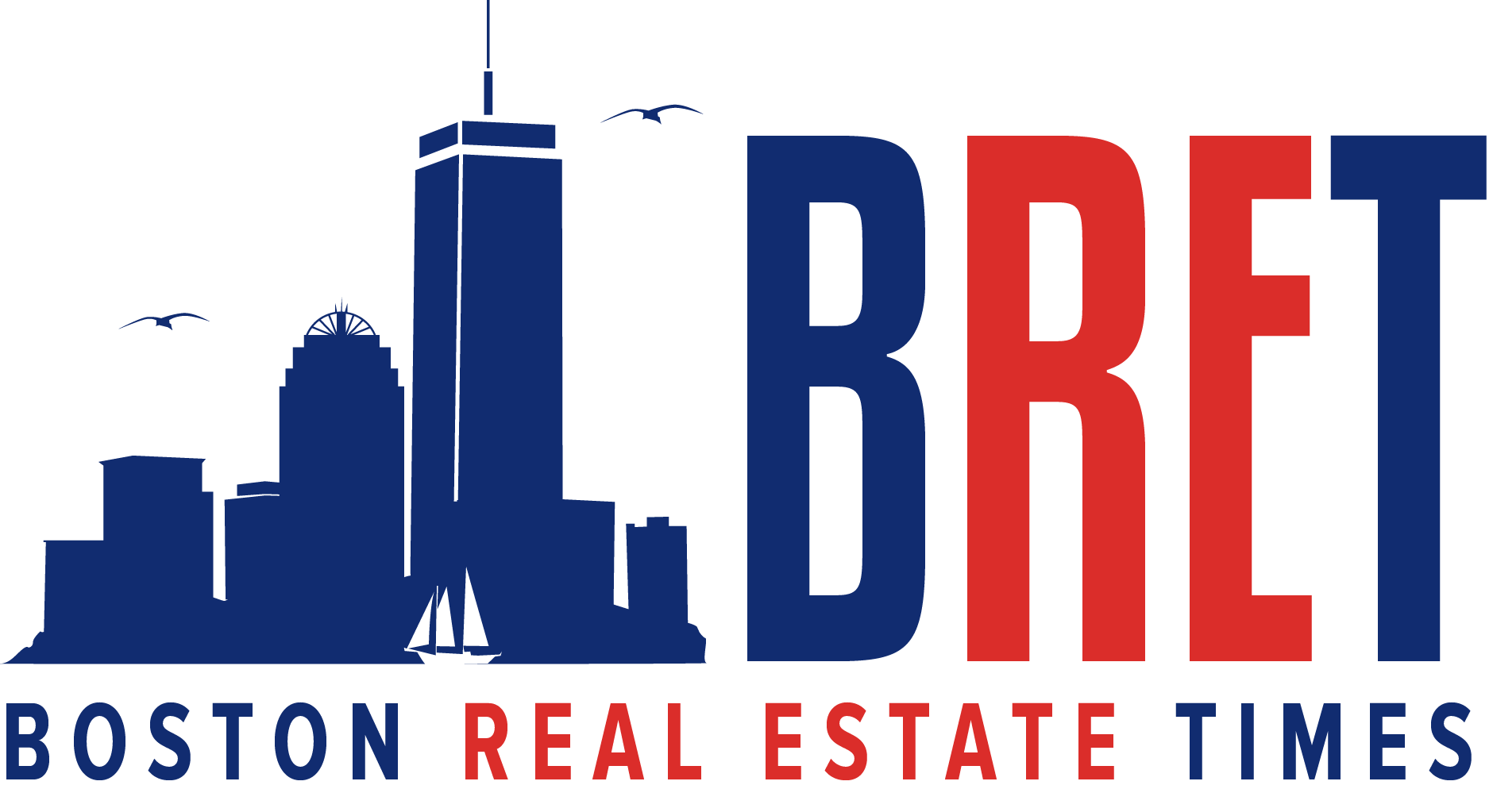Boston — The life science sector in the Boston metro area was red-hot during the third quarter with more than 1.6 million sq. ft. of positive absorption evenly spread across Cambridge, Boston and suburban markets, according to CBRE’s Q3 life science market report.
Asking rents increased, reaching a weighted average of $93.75 per sq. ft., and vacancy decreased, reaching an all-time low of 1.6%. Availability increased slightly due to new construction and conversions underway and delivering in the next 18 months. Strong leasing activity persisted throughout the quarter with nearly 1.9 million sq. ft. of signed deals across the metro area.
“Doors continue to open between life science submarkets as leasing activity expands beyond the historically dominant clusters,” said Eric Smith, executive vice president of CBRE New England. “With vacancy ending the quarter at 0.2% in Boston and Cambridge combined, many life science firms are looking outside the urban core for space while having to plan 12-18 months in advance of targeted relocation dates.”
Capitalizing on limited available space in the near term, property owners continue to seek and achieve record high rents. The highest price tags in the market are attributed to new, purpose-built lab projects. In East Cambridge, where two ground-up projects are underway with availability, asking rents have climbed 23.9% in the last 24 months. Asking rents in Boston have also reached triple digits, ending the quarter at $100 per sq. ft.
In the Seaport submarket, asking rents surpassed $103 per sq. ft., up 23.4% in the last 12 months. In the suburbs, cities like Watertown and Waltham are also seeing asking rent increases. Average asking rents in the 128 West submarket, which includes Watertown, have grown 34.5% in the last 24 months, now averaging nearly $82 per sq. ft.
With such limited space in many established submarkets, emerging submarkets are looking to take advantage of the red-hot demand in the life science sector. The Fenway submarket capitalized this quarter with more than 350,000 sq. ft. of life science tenants in new developments and conversions. Samuels & Associates and Alexandria Real Estate Equities’ new project at 201 Brookline inked 215,000 sq. ft. in deals and is expected to complete construction in mid-2022. Related Beal’s project at One Kenmore Square signed its first anchor life science tenant and will deliver in mid-2023. Prior to new developments, the Fenway submarket had limited life science space, but is now establishing itself as a desirable life science cluster, particularly due to the ample amenities in the surrounding areas, proximity to Cambridge and nearby access to public transportation.
Funding sources have remained plentiful for the life science sector. Demand from companies looking for 10,000 to 50,000 sq. ft. of space make up 67% of the companies active in the market. There has also been an increase in larger companies in the market for new space exceeding 100,000 sq. ft. Demand for lab space keeps increasing across the metro area, now approaching 6 million sq. ft. of active demand, with two million sq. ft. already committed.
“The demand for lab space is currently outpacing the supply, creating an unprecedented bottleneck for the next 12-18 months,” said Mr. Smith. “To help alleviate this trend, more than 10 million sq. ft. of new developments or conversions were underway at the end of the quarter in the metro area, and all are targeting to deliver by the end of 2023.”
Cambridge lab average asking rents climbed, reaching $112.79 per sq. ft., up 6% from last quarter. Vacancy decreased, ending the quarter at 0.3%, down from 2.2% at the point last year. Cambridge saw 500,000 sq. ft. of positive net absorption, assisted by strong leasing in West Cambridge, and a large deal signed in East Cambridge, which recorded 386,500 sq. ft. of positive net absorption. Asking rents in East Cambridge have reached $123.09 per sq. ft. and vacancy dropped 40 basis points (bps) to 0.4%. East Cambridge remains the epicenter of the life science market in the urban core, despite the limited space, causing many tenants in the market to explore other submarkets for alternative options.
With incubators in Cambridge and Boston still operating at full capacity, and many with wait lists, new demand will be generated as these companies outgrow their incubator space and are forced to look for larger long-term homes.
The Boston lab market saw over 720,000 sq. ft. of positive absorption during the third quarter and asking rents reached $100 per sq. ft. Vacancy has reached an all-time low, sitting at 0.1%, while availability remains elevated due to the new developments across the city. The Seaport submarket saw more than 240,000 sq. ft. of positive net absorption in the third quarter, and asking rents reached $103.22 per sq. ft. Vacancy ended the quarter at 0.2%.
The 128 West lab market has witnessed a rapid growth in asking rents, but compared to the urban markets, still offers a cheaper alternative. The market saw decreasing vacancy, ending the quarter at 2.3%, an all-time low. With limited space, asking rents continue to climb, reaching an all-time high of $81.97 per sq. ft. The market captured 285,000 sq. ft. of positive net absorption in the quarter and has 617,000 sq. ft. of positive absorption through the first three quarters of the year. Established clusters in Waltham, Watertown and Lexington saw solid leasing activity this quarter and are expected to remain strong with 1.6 million sq. ft. of new product to deliver in 2022.


















